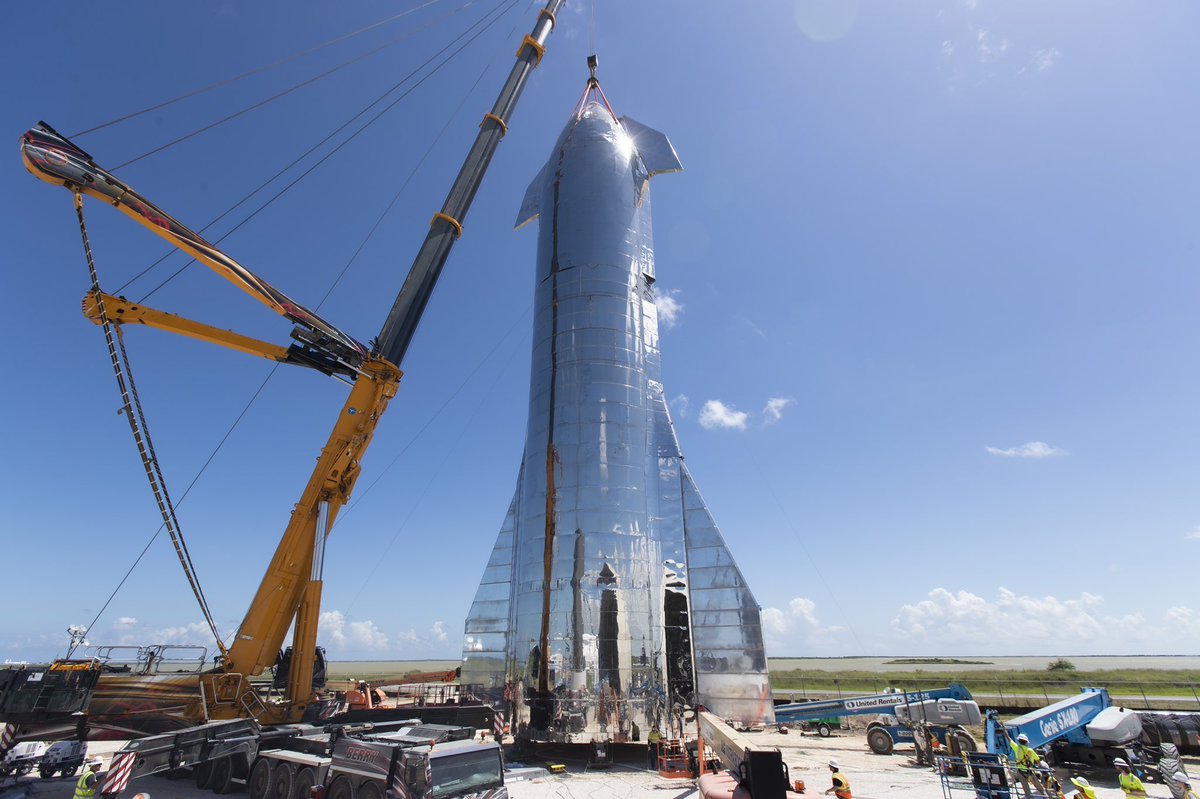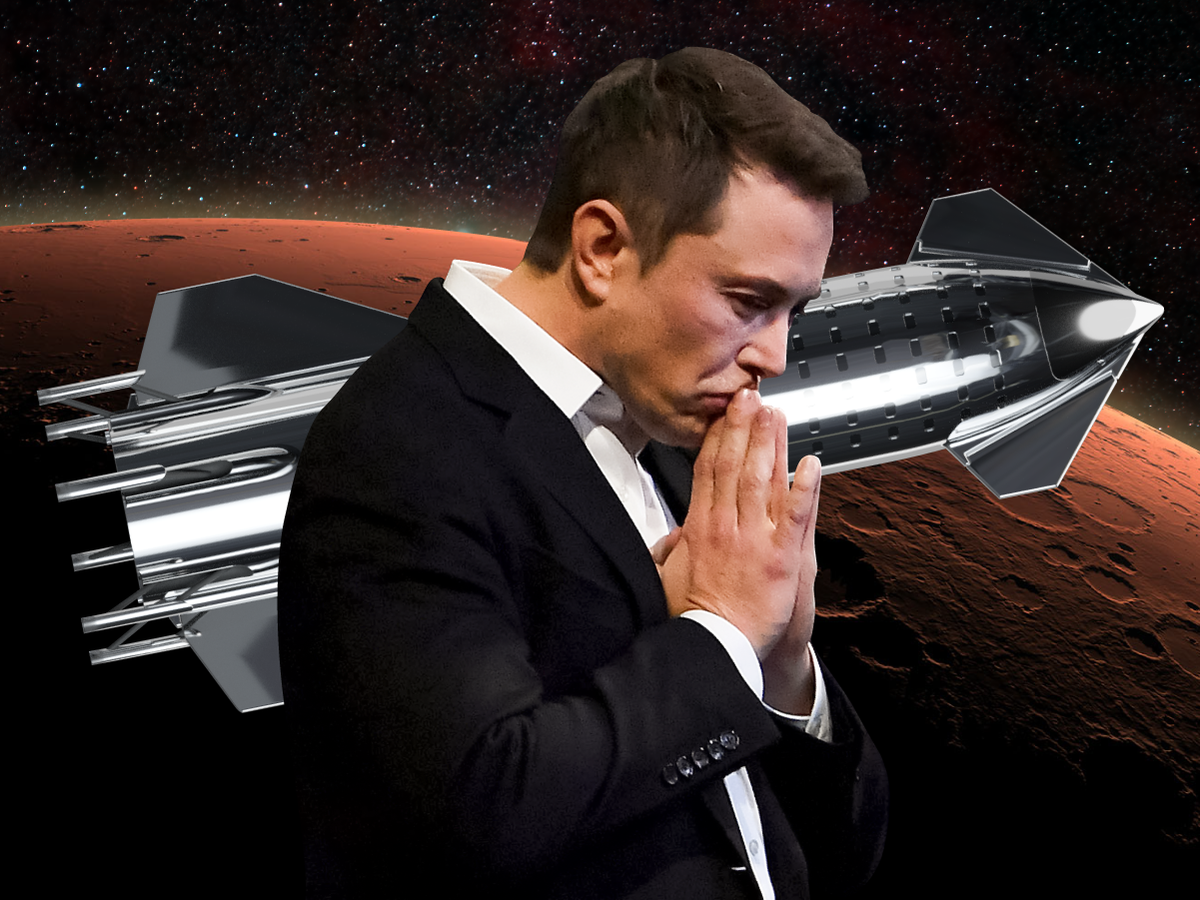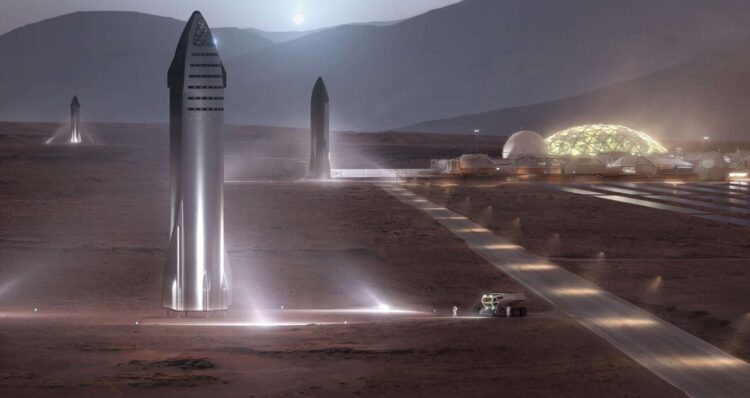Elon Musk, the visionary CEO of SpaceX, has recently detailed ambitious plans for the company’s Starship program, aiming to revolutionize space travel and establish a human presence on Mars. With a focus on reusability, cost-effectiveness, and rapid development, Starship is poised to become the cornerstone of interplanetary exploration.
Starship: The Next-Generation Launch System
Starship is a fully reusable, super heavy-lift launch vehicle designed to carry both crew and cargo to a variety of destinations, including Earth orbit, the Moon, Mars, and beyond. The system consists of two stages: the Super Heavy booster and the Starship spacecraft.
A. Super Heavy Booster
-
Equipped with 33 Raptor engines, providing immense thrust to propel the spacecraft beyond Earth’s atmosphere.
B. Starship Spacecraft
-
Designed for deep-space missions, capable of carrying up to 100 passengers or over 100 metric tons of cargo.
This innovative design emphasizes rapid reusability, aiming to reduce the cost of access to space and enable frequent launches.
Advancements in Starship Development
SpaceX has adopted an iterative approach to Starship’s development, conducting multiple test flights to refine the system’s capabilities. As of May 2025, the company is preparing for its ninth integrated flight test, pending approval from the U.S. Federal Aviation Administration (FAA).
C. Test Flight Milestones
-
Previous flights have demonstrated key functionalities, including booster recovery and atmospheric reentry.
-
The upcoming test aims to validate further improvements in system performance and reliability.
These tests are crucial steps toward achieving the goal of routine, safe, and cost-effective space travel.

Environmental and Regulatory Considerations
The FAA has approved an increase in annual Starship launches from 5 to 25 at SpaceX’s Boca Chica site in South Texas. While this expansion supports the program’s rapid development, it has raised concerns among environmental advocates and local communities.
D. Environmental Impact
-
Potential effects on local ecosystems, including wildlife habitats and coastal areas.
-
Calls for comprehensive environmental assessments and community engagement to address these concerns.
Balancing technological advancement with environmental stewardship remains a critical aspect of the Starship program’s progression.
Starship’s Role in NASA’s Artemis Program
NASA has selected a variant of Starship as the Human Landing System (HLS) for its Artemis program, which aims to return humans to the Moon and establish a sustainable presence.
E. Artemis Missions
-
Starship HLS will transport astronauts from lunar orbit to the Moon’s surface and back.
-
The system’s large payload capacity and reusability align with NASA’s goals for long-term lunar exploration.
This collaboration underscores Starship’s potential to support diverse space missions and partnerships.
Vision for Mars Colonization
Elon Musk envisions Starship as the vehicle to make humanity a multiplanetary species, with Mars as the primary target for colonization.
F. Mars Mission Timeline
-
Uncrewed missions to Mars are planned within the next two years to test landing capabilities.
-
Crewed missions could commence by 2028, aiming to establish a self-sustaining city on the Red Planet within two decades.
-
This ambitious plan involves developing life support systems, habitats, and sustainable resources to support human life on Mars.

Challenges and Criticisms
Despite significant progress, the Starship program faces technical challenges and public scrutiny.
G. Technical Setbacks
-
Recent test flights have encountered issues, including loss of control and explosions shortly after liftoff.
-
Ongoing investigations aim to identify and address the root causes of these failures.
H. Public and Political Concerns
-
Critics question the feasibility of Musk’s timelines and the prioritization of Mars colonization over Earth’s pressing issues.
-
Environmentalists and local communities express apprehension about the program’s impact on ecosystems and regulatory processes.
Addressing these challenges is essential for the program’s long-term success and public support.
Elon Musk’s Starship program represents a bold step toward transforming space travel and realizing the dream of interplanetary colonization. Through continuous innovation, strategic partnerships, and addressing environmental and technical challenges, SpaceX aims to make space more accessible and sustainable. As the program advances, its success could redefine humanity’s place in the cosmos.












